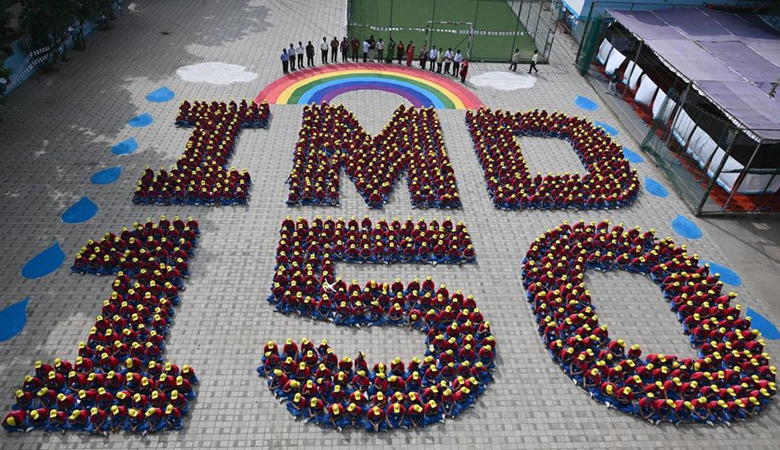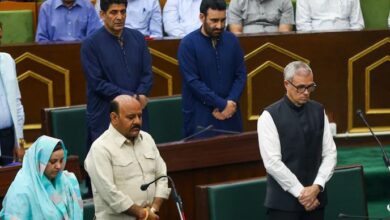Pakistan and Bangladesh have been invited to a ‘Undivided India’ event, Islamabad confirms.
News Mania Desk / Piyal Chatterjee / 10th January 2025

India has invited Pakistan and Bangladesh, among other surrounding nations, to participate in a ‘undivided India’ symposium commemorating the 150th anniversary of the India Meteorological Department. The government has launched a first-of-its-kind campaign to put aside disagreements and commemorate the Indian subcontinent’s shared heritage.
Invitations have been extended to Pakistan, Bangladesh, Bhutan, Afghanistan, Myanmar, Maldives, Sri Lanka, and Nepal. Aside from the subcontinent, invitations have been sent to authorities from the Middle East, Central and Southwest Asia.
According to a news agency , Pakistan has confirmed its participation, and Bangladesh has yet to confirm. Should Dhaka confirm, it will be a historic moment. “We wanted officials from all countries which were part of undivided India at the time of IMD’s establishment to be part of the celebrations,” a top official from the weather department said.
Several ministries in the Government of India have helped to make the occasion unforgettable. While the Finance Ministry has agreed to issue a unique and limited-edition Rs 150 commemorative coin to commemorate the event, the Home Ministry has approved a special tableaux on Republic Day commemorating the meteorological department’s 150th anniversary.
The Indian Meteorological Department was founded on January 15, 1875. However, weather observatories had been established far earlier. The British East India Company created the first weather observatory. The Calcutta Observatory was established in 1785, the Madras Observatory in 1796, and the Bombay Observatory in 1826. Many more were established in the early nineteenth century, spread over the Indian subcontinent.
The IMD was established in 1875 after a storm devastated Calcutta in 1864, followed by two fatal monsoon failures in 1866 and 1871, which caused famines throughout Bengal. The government under the British Raj concluded that record-keeping and data analysis were essential. So the gathering and analysis of meteorological observations began under one roof, with the India Meteorological Department.
Calcutta has served as the headquarters of IMD since its founding in 1875. It relocated to Shimla in 1905, then to Pune in 1928, and finally to New Delhi in 1944, where it has resided ever since. Over time, IMD grew from humble beginnings to become Asia’s foremost weather forecaster. Since gaining independence in 1947, IMD has achieved great advances in meteorological science, communication, and scientific innovation.
During the Telegram period, IMD used to issue important weather updates and alerts over Telegram. However, it went on to pioneer weather communication by launching one of the first message-switching computers in the world for worldwide data interchange. It also obtained one of the first electronic computers for climate research.
When India’s space agency ISRO was created, the meteorological department was among the first to work with it. India became the first developing country to launch its own geostationary satellite, INSAT, for 24-hour weather monitoring and cyclone alerts.






